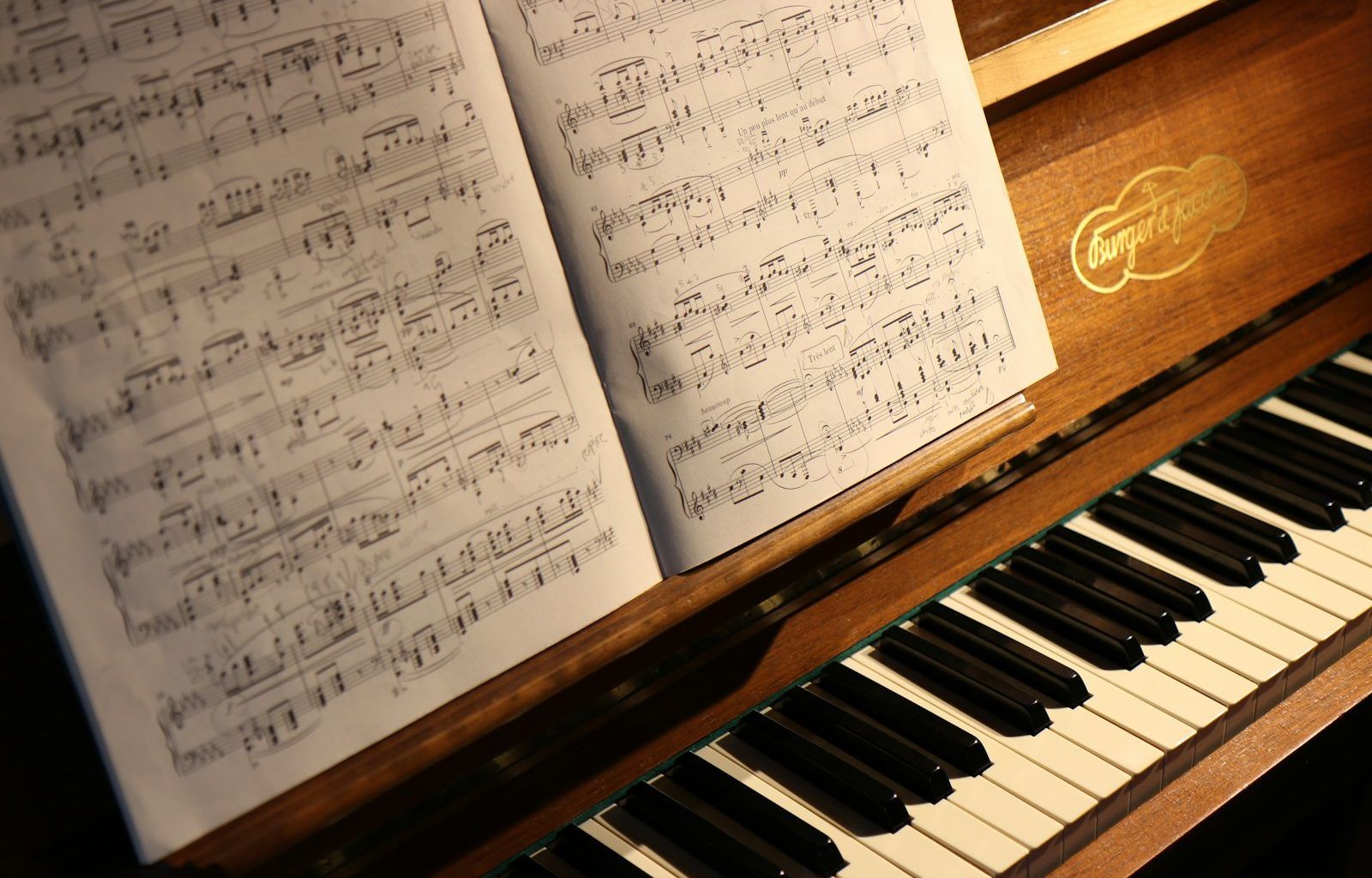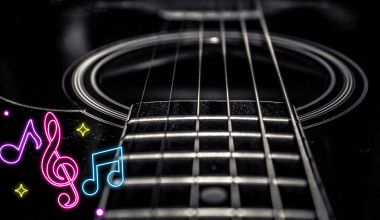Music is everywhere. From the songs we hum in the shower to the beats that make us dance, music has a special way of connecting with us. But have you ever wondered where all these different types of music come from? How did we go from simple drumbeats to complex electronic tunes? The history of music genres is like a storybook filled with twists, turns, and endless creativity. Let’s dive into this fascinating journey together.
Early Beginnings: When Music Was Born
A long time ago, when there were no fancy instruments or recording studios, humans still made music. They used what they had – their voices, hands, and things they found around them like rocks, sticks, and animal skins. These sounds were often used to tell stories, celebrate, or even call for rain.
- What it looked like: People sat around fires, singing and clapping to rhythms.
- Instruments: Simple drums, flutes made from bones, and string-like tools.
- Why it mattered: Music became a way for people to bond and share their feelings.
This was the foundation for folk music, which is still alive in many cultures today.
Classical Music: Order and Elegance
As humans grew smarter, so did their music. Around 500 years ago, we entered an era of classical music. This was the time of Mozart and Beethoven – the superstars of their age. Their music was more organized, with different parts played by instruments like violins, pianos, and flutes.
- Why it’s special: Classical music introduced harmony, meaning different sounds could be played together beautifully.
- Famous names: Bach, Beethoven, Mozart – the “Avengers” of classical music.
- Its impact: Classical music laid the groundwork for many other genres, from movie soundtracks to modern orchestras.
Even today, people listen to classical music to relax, focus, or just enjoy something timeless.
Religious and Spiritual Music: Songs of the Soul
For many people, music isn’t just entertainment – it’s a way to connect with the divine. Spiritual and religious music has existed for thousands of years, often as part of prayers or rituals.
- Examples from around the world:
- Gregorian Chants: Sung in churches in Europe.
- Bhajans and Kirtans: Devotional songs from India.
- Gospel Music: Rooted in African-American churches.
These songs often inspire emotions like peace, hope, and joy, and they’ve influenced modern genres like soul and blues.
Jazz: The Sound of Freedom
Fast forward to the late 1800s, and we meet jazz – a music style full of energy, fun, and freedom. Jazz started in the African-American communities of New Orleans, USA. What made jazz different was its focus on improvisation – where musicians made up music on the spot.
- Why it’s exciting: Every jazz performance is unique, like a conversation between instruments.
- Famous jazz stars: Louis Armstrong, Duke Ellington, Miles Davis.
- Influence on other genres: Jazz gave birth to R&B, swing, and even parts of hip-hop.
Jazz teaches us that music doesn’t always have to follow the rules. Sometimes, it’s okay to just go with the flow.
Blues: Singing the Struggles
The blues is a genre that comes straight from the heart. Born out of the African-American experience, especially during times of hardship, blues music is all about expressing feelings – whether it’s sadness, hope, or love.
- What it sounds like: Slow and emotional, with instruments like guitars and harmonicas.
- Key figures: B.B. King, Robert Johnson.
- Legacy: The blues is the foundation of rock music, country, and many other styles.
Blues music reminds us that even in tough times, there’s always a way to let out your emotions.
Rock and Roll: Shaking Things Up
In the 1950s, a new genre called rock and roll took the world by storm. It was loud, exciting, and perfect for dancing. Inspired by blues and jazz, rock and roll became a symbol of rebellion, especially for young people.
- Big names: Elvis Presley, Chuck Berry, Little Richard.
- Why it stood out: Electric guitars and energetic performances.
- Offshoots: From rock and roll, we got subgenres like punk rock, heavy metal, and alternative rock.
Even today, rock continues to evolve, but its wild and free spirit remains the same.
Pop Music: Everyone’s Favourite
If there’s one genre that everyone knows, it’s pop music. Short for “popular music,” this genre is all about creating catchy tunes that stick in your head. Pop music blends different styles, from rock to electronic, to make songs that appeal to a wide audience.
- Big stars: Michael Jackson, Madonna, Taylor Swift, BTS.
- What makes it special: Simple lyrics, memorable melodies, and polished production.
- Why it works: Pop is easy to listen to and can cheer you up instantly.
Pop music is a genre that constantly changes, keeping up with the latest trends and technology.
Hip-Hop and Rap: Telling Real Stories
Hip-hop is more than just a genre – it’s a culture. Starting in the Bronx, New York, during the 1970s, hip-hop was a way for people to express their realities through beats and rhymes. Rap, a key part of hip-hop, focuses on rhythmic speech.
- Elements of hip-hop: Rapping, DJing, breakdancing, and graffiti.
- Influential artists: Tupac Shakur, Jay-Z, Eminem.
- Why it matters: Hip-hop gives a voice to people and communities that often go unheard.
Today, hip-hop is one of the most popular genres in the world, influencing everything from fashion to language.
EDM: Music for the Dance Floor
Imagine a club filled with flashing lights, and you’re dancing to beats that make your heart race. That’s the magic of Electronic Dance Music (EDM). Created with computers and synthesizers, EDM focuses on creating rhythms that make you move.
- Types of EDM: House, techno, dubstep.
- Famous DJs: Calvin Harris, Tiësto, Deadmau5.
- Why it’s loved: It’s perfect for parties, festivals, and letting loose.
EDM shows how technology can take music to exciting new places.
Regional and Folk Music: Celebrating Diversity
While global genres dominate, traditional and folk music hold a special place in every culture. These genres tell the unique stories of a place and its people.
- Examples:
- Indian Classical Music: Carnatic and Hindustani traditions.
- Afrobeat: A mix of African rhythms and jazz.
- Flamenco: A fiery dance music from Spain.
Folk music teaches us to respect and cherish the roots of our ancestors.
The Future of Music Genres
Music is always changing. New genres like lo-fi, reggaeton, and synthwave are blending old styles with fresh ideas. Streaming platforms make it easier for artists to reach listeners, and AI tools are helping create innovative sounds. Who knows what the next big genre will be?
Conclusion: Music Brings Us Together
The history of music genres is a beautiful reminder of how creative and diverse humans are. From the simple beats of ancient times to the chart-topping hits of today, each genre has its own story and charm. Whether you’re a fan of pop, rock, jazz, or something else, remember this: music is for everyone. It’s a universal language that brings us closer, one beat at a time.
Related Articles:
For further reading, explore these related articles:
- All About Virtual Instruments Software: Your Ultimate Guide
- The Ultimate Guide to Music Editing Software: Everything You Need to Know
For additional resources on music marketing and distribution, visit DMT RECORDS PRIVATE LIMITED.






